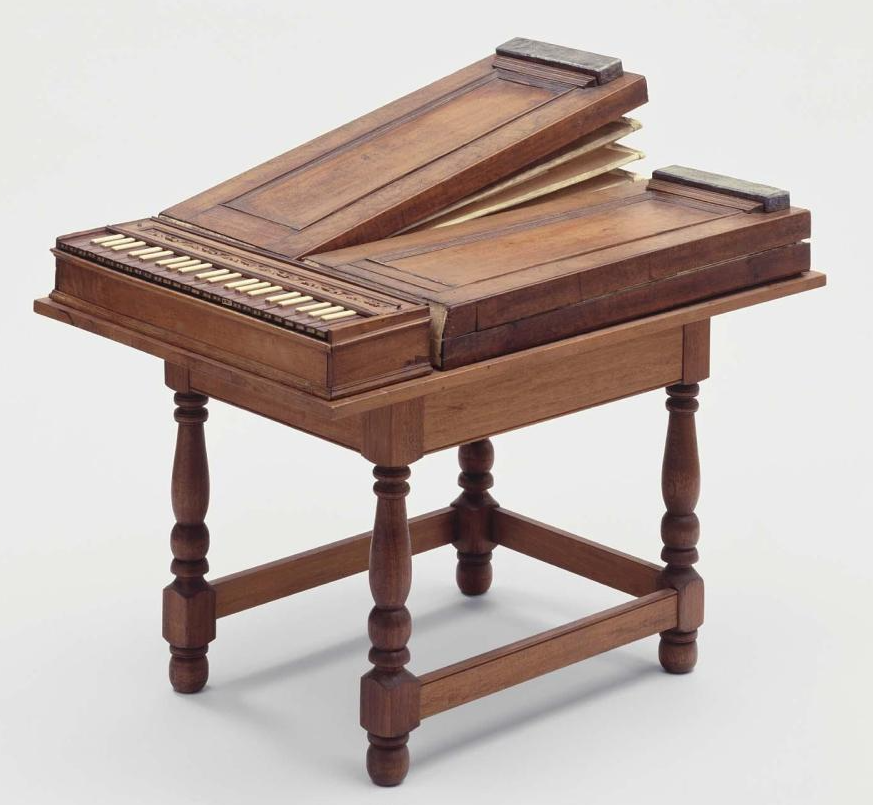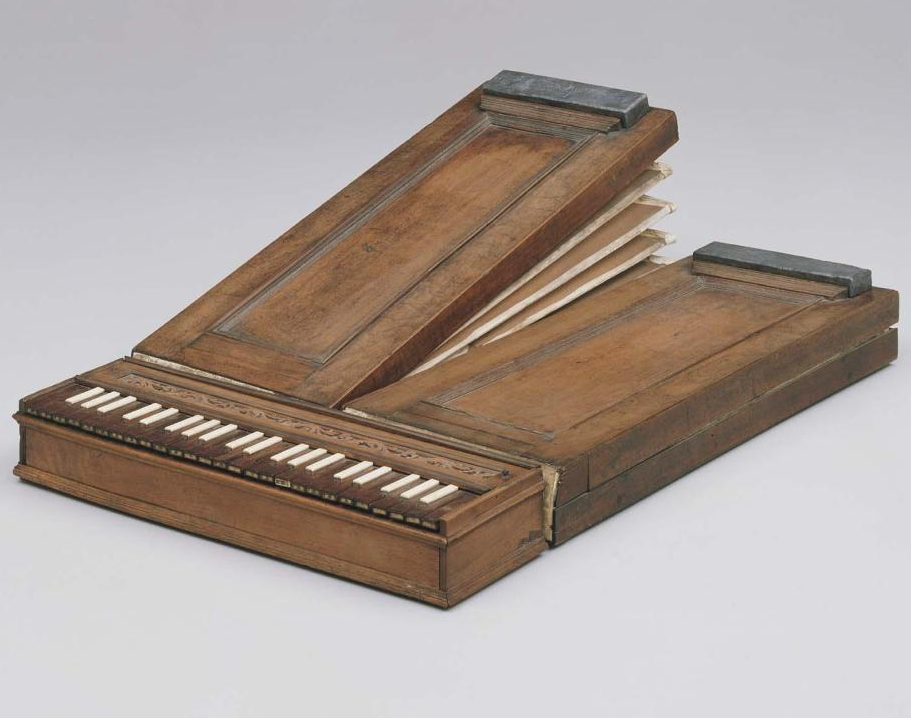Regal
Keyboard Instruments
Europe
Between 0 and 1000 AD
Video
The Regal is a unique and historically significant musical instrument that has played a crucial role in the development of Western music. Known for its distinct sound, the Regal is a small, portable pipe organ used primarily during the Renaissance and Baroque periods. It was widely utilized in both secular and sacred settings, making it an essential component of European musical culture.
Historical Background
Early Origins
The Regal originated in the late Middle Ages, with early versions appearing as small, easily transportable reed organs. Unlike the larger pipe organs of churches and cathedrals, the Regal was compact and used short resonators, making it more practical for travel and smaller venues.
Renaissance and Baroque Periods
During the Renaissance, the Regal became a popular instrument in courtly and church music. It was frequently used to accompany choirs, provide continuo support, and serve as a solo instrument in various compositions. The Baroque period saw further refinement of the Regal, with composers such as Heinrich Schütz and Michael Praetorius utilizing it in their works.
Decline and Resurgence
By the 18th century, the popularity of the Regal declined as larger pipe organs and harpsichords became more prevalent. However, in the 20th and 21st centuries, the instrument experienced a revival due to increased interest in historical performance practices. Today, many musicians and instrument makers have dedicated themselves to reconstructing and preserving the Regal’s legacy.
Construction and Design
Materials and Build
The Regal is primarily constructed from wood and metal. The main components include:
- Wind chest: Houses the bellows and provides air to the pipes.
- Reeds and resonators: The reeds vibrate to produce sound, while the short resonators help shape the tone.
- Keyboard: A small manual keyboard allows performers to control the pitch.
- Bellows: Supplies the necessary airflow to produce sound.
Sound Production
Unlike large church organs, which rely on long pipes to amplify sound, the Regal utilizes free reeds and short resonators. This results in a buzzy, reedy tone that is both distinct and expressive. The instrument’s limited sustain and dynamic range require performers to use articulation techniques effectively.
Cultural and Musical Significance
Role in Sacred Music
In religious settings, the Regal was often used as a continuo instrument in church services. It provided harmonic support for choirs and instrumental ensembles, making it an essential tool for liturgical music.
Use in Secular Music
Beyond the church, the Regal found a place in courtly and theatrical music. It was frequently employed in dance music, opera accompaniments, and even military settings due to its portability.
Influence on Other Instruments
The design and concept of the Regal influenced the development of later reed organs and harmoniums. Its distinct sound inspired composers and instrument makers to explore new tonal possibilities in keyboard instruments.
The Regal in Modern Times
Revival and Reconstruction
In recent decades, historical instrument builders have undertaken projects to recreate authentic Regal instruments. Using historical documentation and surviving specimens, these craftsmen have successfully revived the instrument for contemporary musicians.
Performance Practice
Musicians interested in early music performance often include the Regal in their ensembles. Its unique timbre makes it a valuable addition to historically informed performances of Renaissance and Baroque compositions.
Recording and Digital Adaptations
With advancements in digital music technology, virtual instruments and sample libraries have been developed to replicate the Regal’s sound. This allows composers and producers to incorporate its distinctive tone into modern music productions.
The Regal musical instrument remains an important piece of musical history, bridging the gap between medieval, Renaissance, and Baroque traditions. Its distinctive sound, portability, and historical significance continue to inspire musicians and instrument makers worldwide. Whether in historical performances, modern reconstructions, or digital simulations, the Regal’s legacy endures as a testament to its unique place in the evolution of musical instruments.
FAQ
What is the construction of a Regal musical instrument?
The Regal is a small, portable reed organ with bellows operated by hand or foot. It features a wooden case, metal reeds, and a compact design for easy transport. Often used in medieval and Renaissance music, its simple mechanism allows for rich, reedy tones.
What materials are used to build a Regal?
Traditional Regals are made from high-quality hardwoods like oak or mahogany for the casing. The reeds are typically crafted from brass or copper, and the bellows are covered with leather to ensure airtight functionality. These materials help produce its distinct nasal tone.
What type of music is the Regal commonly used for?
The Regal was popular in medieval, Renaissance, and Baroque music, often used in churches and court performances. It provided a reedy accompaniment for choral works and solo instrumental pieces. Composers like Praetorius and Monteverdi featured it in their works.
 Links
Links
References
Other Instrument
Categories



















